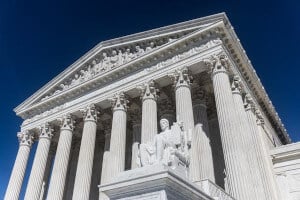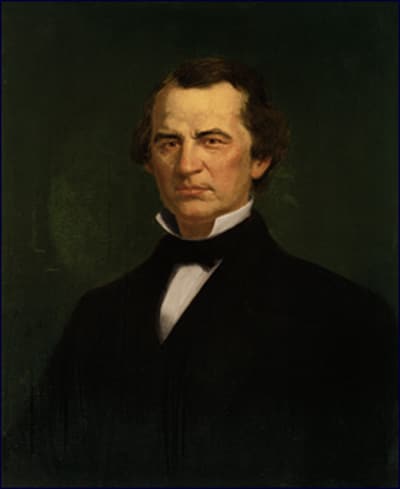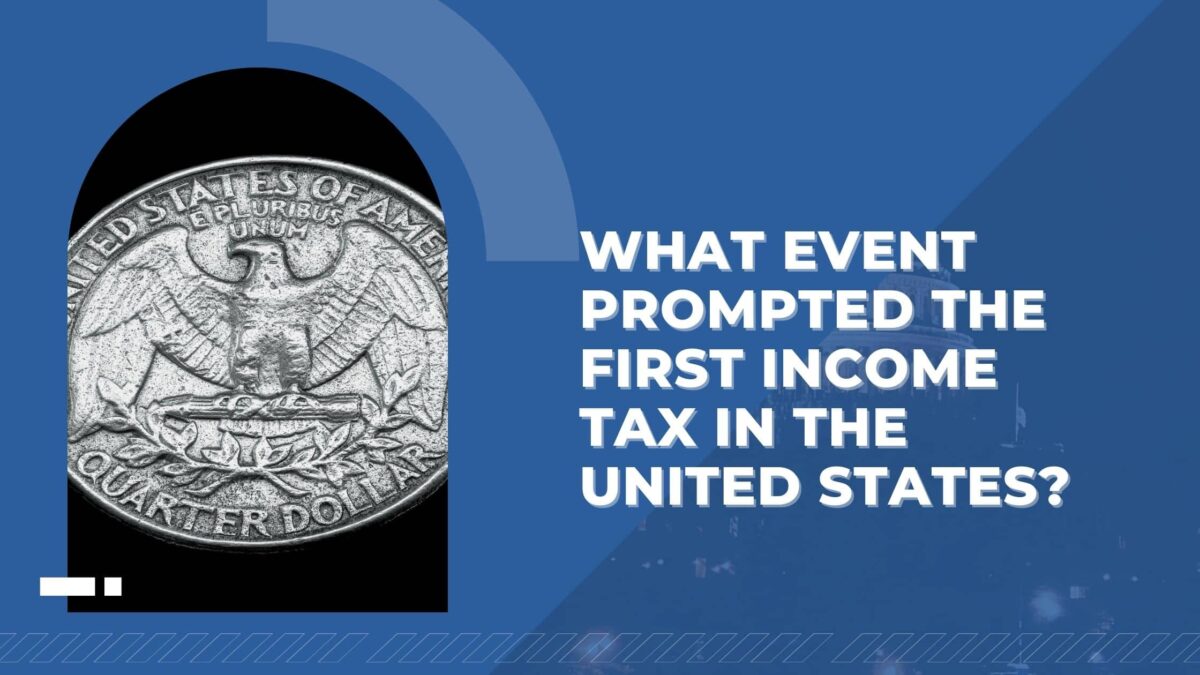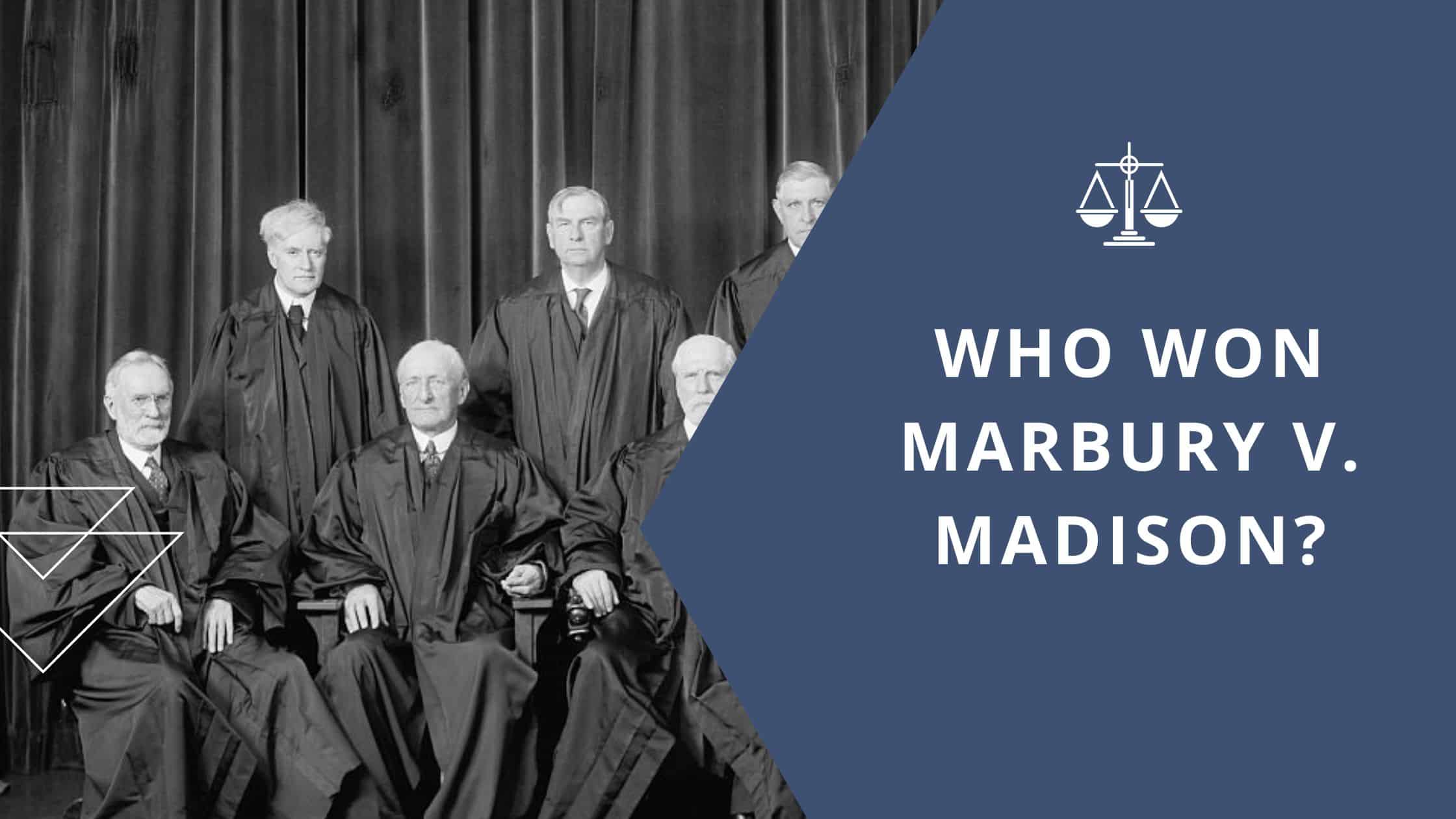Table of Contents
ToggleSources
- https://www.supremecourt.gov/about/about.aspx
Official website of the Supreme Court of the United States (SCOTUS), providing authoritative information about its establishment, structure, and role in the U.S. government. - https://www.archives.gov/founding-docs/constitution-transcript
The National Archives provides the full text of the U.S. Constitution, including Article III which establishes the judicial branch and the Supreme Court. - https://www.senate.gov/about/powers-procedures/nominations/supreme-court-nominations.htm
The U.S. Senate's official page on Supreme Court nominations, detailing the process of appointing justices, including the roles of the President and Senate. - https://www.law.cornell.edu/wex/supreme_court
Cornell Law School's Legal Information Institute (LII) offers a comprehensive overview of the Supreme Court, its history, and its functions, making it a reliable academic source. - https://www.history.com/topics/us-government/supreme-court-facts
History.com provides a well-researched article on the Supreme Court, including historical changes in its size and notable cases, backed by authoritative historical context.
Key Points
- SCOTUS stands for the Supreme Court of the United States, the highest court in the U.S. judicial branch.
- The Supreme Court was established by the Judiciary Act of 1789 and is defined under Article III of the U.S. Constitution.
- The court originally had six justices, but its size has changed over time, settling at nine justices since 1869.
- The judicial branch is one of three co-equal branches of the U.S. government, ensuring checks and balances.
- Justices are nominated by the President and must be confirmed by the Senate through a majority vote.
- Supreme Court justices serve lifetime terms, remaining in office until retirement, resignation, or impeachment.
- The size and structure of the Supreme Court are determined by Congress, not explicitly defined in the Constitution.
- Impeachment of a Supreme Court justice is rare, with only one instance in 1804 resulting in acquittal.
- The Founding Fathers emphasized the importance of a national judiciary to interpret federal laws and balance government power.
- Congress has adjusted the number of justices multiple times in U.S. history, often reflecting political and territorial changes.
Summary
SCOTUS stands for the Supreme Court of the United States, the highest court in the U.S. judicial system, established by Article III of the Constitution and shaped by congressional acts. Composed of nine justices appointed for life by the president and confirmed by the Senate, SCOTUS serves as a co-equal branch of government, ensuring checks and balances. Its size and structure have evolved over time, but it has remained at nine justices since 1869.

Get Smarter on US News, History, and the Constitution
Join the thousands of fellow patriots who rely on our 5-minute newsletter to stay informed on the key events and trends that shaped our nation's past and continue to shape its present.
SCOTUS Is the Supreme Court of the United States
The judicial branch of the United States government was established through Article III of the United States Constitution. But the Supreme Court itself was established following the Judicial Act of 1789. It exists as a co-equal branch of the government, tasked with interpreting the laws set by Congress and enforced by the executive branch.
Article Three of the United States Constitution
The establishment of the United States Supreme Court can be found in Article III of the Constitution. In framing the Constitution, the form and structure of the Supreme Court and the entire judicial branch of government were not clearly defined. As a result, it was the responsibility of the First Congress, through its use of congressional power, to define the court. Over the years, the composition of the Supreme Court of the United States has changed significantly. Under the Judiciary Act of 1789, the court consisted of only six members. As the size of the United States continued to grow in its infancy, so too did the size of the court. Several congressional acts increased the size of the court until, at one point, it consisted of 10 members. However, since the Judiciary Act of 1869, which set the court to 9 Justices, Congress has taken no additional steps to change its size.The Judicial Branch
According to the Constitution, the United States government comprises three co-equal branches. These branches are the legislative, executive, and judicial. In the nation’s founding, it was important to ensure that there was a proper separation of power between the legislative and executive branches. This is why the judicial branch was necessary.
Appointment of Justices
The President of the United States has the sole power to nominate anyone he or she sees fit to the United States Supreme Court. This power can be found under Clause 2 of Section 2, Article II of the Constitution, which is known as the Appointments Clause. However, while the president does have the power to nominate anyone, under the Advice and Consent Clause of the Constitution, it is the responsibility of the Senate to both confirm and appoint those nominations to the court. Congress may not pass any requirements for the position of Justice of the Supreme Court, as that power is left to the president’s discretion. However, it is the responsibility of Congress to determine whether that nomination represents the best interests of the people for whom they serve. Ultimately, the Senate has the power to either accept or reject the nomination. After nomination by the president, the Senate must hold confirmation hearings where they can effectively interview the nominee for the position. A Justice is appointed to the Supreme Court of the United States by a simple majority vote in the upper chamber of Congress.Tenure in SCOTUS
Under Section 1, Article III of the United States Constitution, the term of a Justice of the Supreme Court is defined as a period of “good behavior.” It is generally understood that this definition refers to a life-long appointment. A Justice on the Supreme Court will continue to serve on the court for the rest of their life or until they retire, resign, or are impeached by Congress. In March of 1804, the House of Representatives impeached a member of the Supreme Court. However, the following year the Senate acquitted the Justice of the offense. Over the years, there have been several attempts to impeach Supreme Court justices, but none resulted in a House vote. Rather than face impeachment inquiry, the justices simply resigned.Size of the Court
Although Article III of the Constitution establishes the judicial branch of the United States government, it does not provide any definition of the size and structure of the court. The only time that a Justice of the Supreme Court is mentioned in the Constitution can be found in Section 3 of Article I as it relates to the impeachment of a sitting president. The Founding Fathers believed that the size and structure of the federal judiciary should be the left to the discretion of Congress.
What Does SCOTUS Mean? Quiz
Frequently Asked Questions
What does SCOTUS stand for?
How many justices serve on the Supreme Court?
How are Supreme Court justices appointed?
What is the tenure of a Supreme Court justice?
How has the size of the Supreme Court changed over time?
How useful was this post?
Click on a star to rate it!
Average rating / 5. Vote count:
No votes so far! Be the first to rate this post.
We are sorry that this post was not useful for you!
Let us improve this post!
Tell us how we can improve this post?






